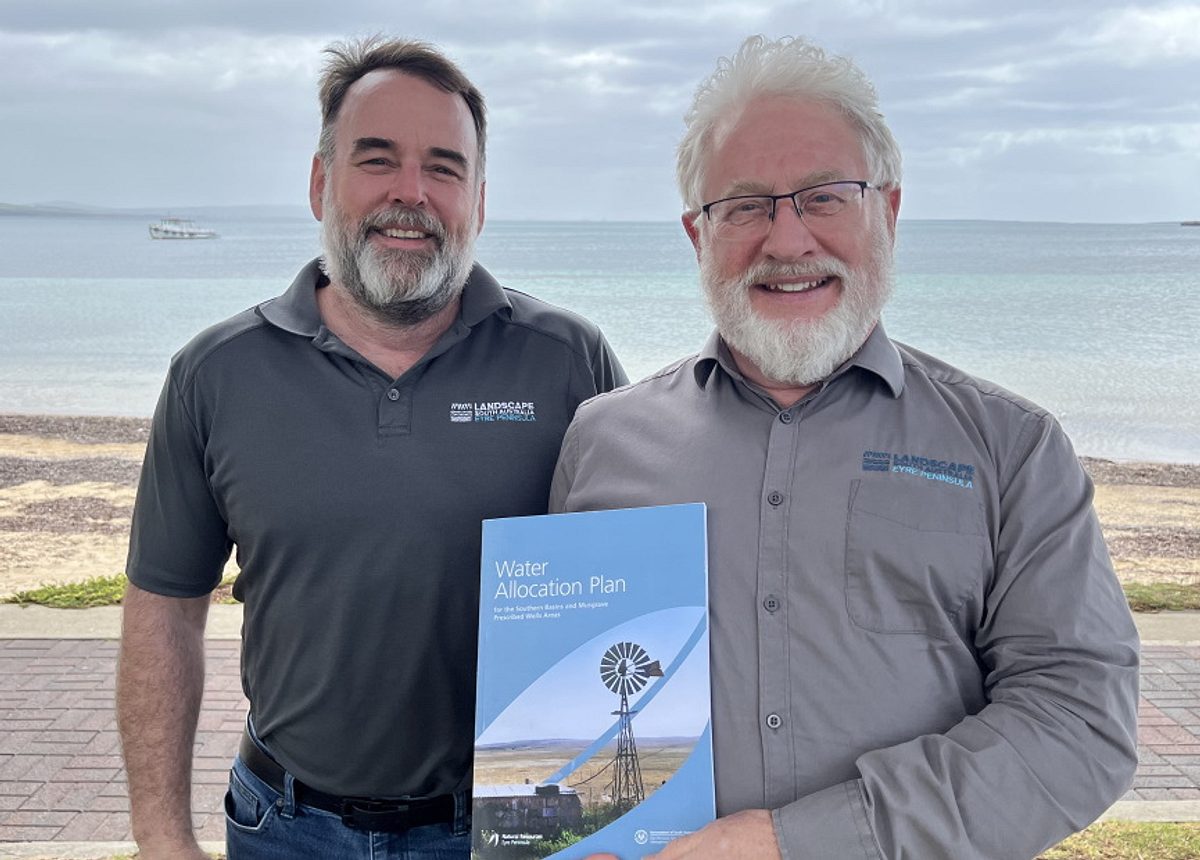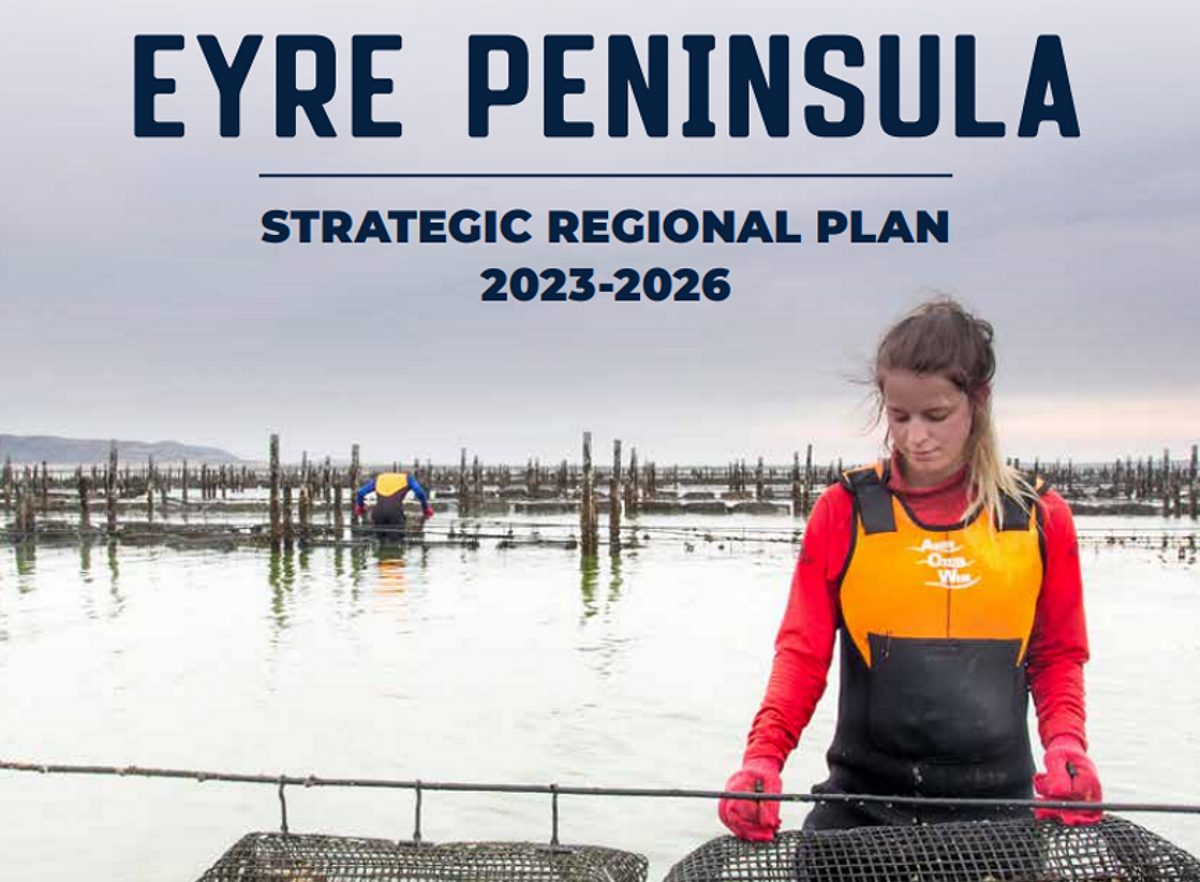Avoiding wildlife on Eyre Peninsula roads
If you are unfamiliar to driving on country roads (including highways) on Eyre Peninsula this brief summary will bring to your attention things that should be considered.
12 June 2018
Media statement
It can be distressing seeing wildlife on the side of the road and/or when a collision occurs.
Wildlife will move around the Eyre Peninsula landscape especially in a drier season.
There are also natural annual seasonal movements associated with different species (some which may move around more such as Red Kangaroos), in association with food availability and local rain and moisture conditions.
It’s very hard to make any inferences regarding an upsurge or increase in animal movement. There is a healthy population of kangaroo species across the Eyre peninsula and these are commonly seen alongside and crossing the roads throughout the year.
Highly mobile wildlife, such as kangaroos and emus, naturally move and migrate constantly across the landscape. Of late (June 2018) there has been movement around the Eyre Peninsula due to the recent drier conditions where animals are seeking available food and water, with winter rains only breaking in the last week.
Our advice is the same as peak motoring bodies, you should whenever possible make plans not to drive when wildlife is most active, dusk and dawn. If you do have to drive at these low light times, reduce your speed, be alert especially around areas of the road that have roadside vegetation close by or are known wildlife crossing areas (often signified, but not always, by wildlife warning road signs).


